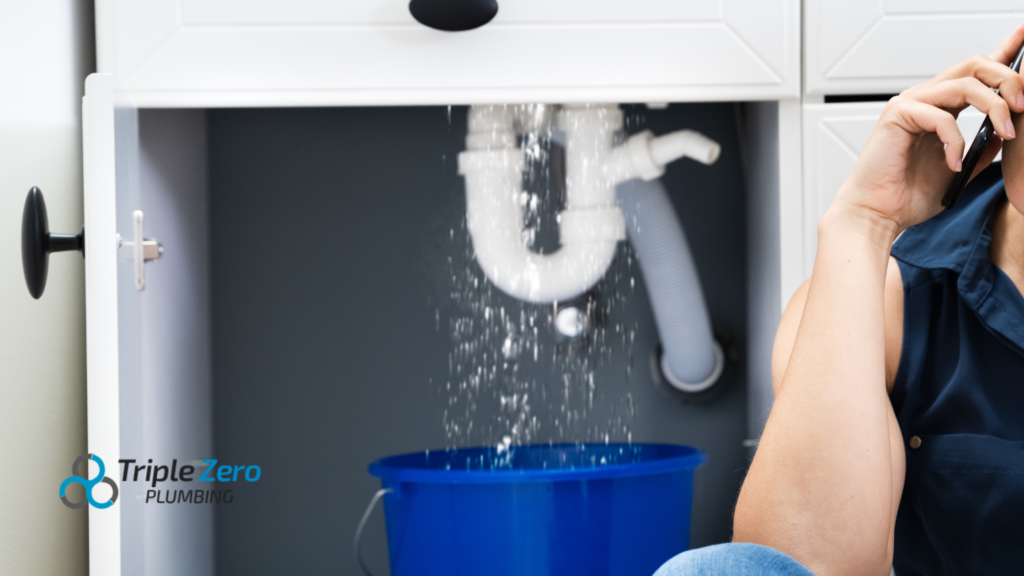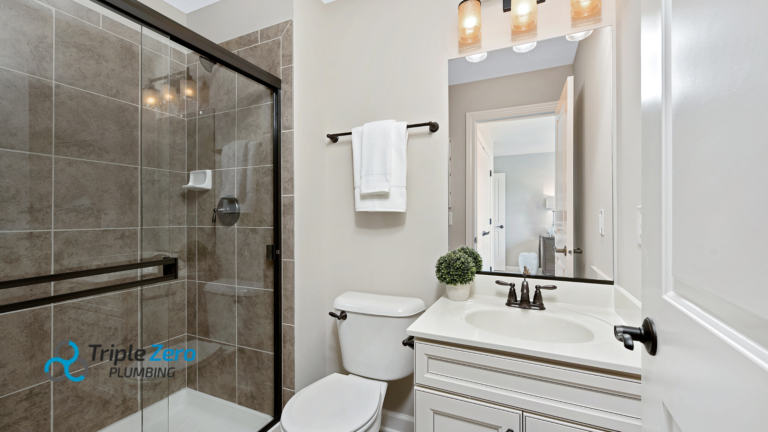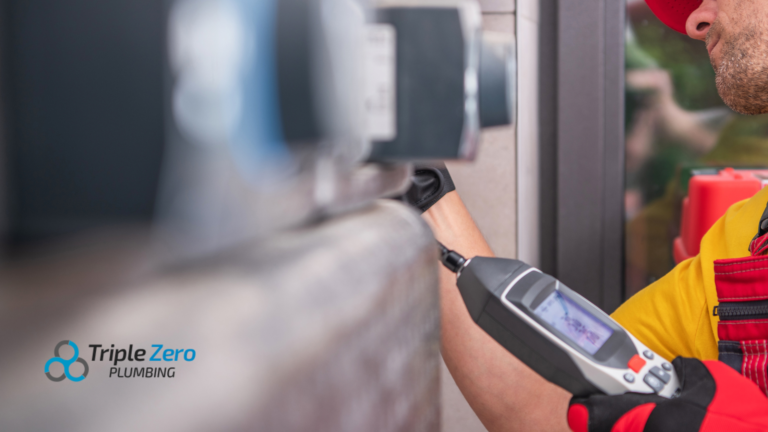Pipe Relining vs. Pipe Replacement: What’s the Difference?
Repairing damaged pipes can turn into a pretty costly job, so choosing the right repair for the job can make all the difference. The two most common repair solutions are pipe relining and full pipe replacement. But how do you decide between pipe relining vs replacement? Understanding the differences between the two can help you choose the best option for your home or business. Let’s break down the pros, cons, and use cases for each.
What Is Pipe Relining?
Pipe relining is a modern, non-invasive method for repairing damaged pipes. Instead of digging up and replacing the entire pipe, plumbers insert a resin-coated liner into the existing pipe. Once it hardens, the liner creates a new, durable pipe inside the old one.
When to Choose Pipe Relining:
- Minimal Damage: Pipe relining works best for pipes with minor cracks, breaks, or root intrusion.
- Difficult Access: If the pipes run under driveways, gardens, or buildings, pipe relining can avoid costly excavation.
- Time-Sensitive Repairs: Relining can often be completed in a day, minimising disruption.
Advantages of Pipe Relining
When comparing pipe lining vs replacement, relining offers several benefits:
- Less Invasive: No need to dig up large sections of your property.
- Faster Completion: Repairs are typically done within hours, not days.
- Cost-Effective: Reduced labour and excavation mean lower overall costs.
- Durable Solution: Relined pipes can last for decades with proper maintenance.
What Is Pipe Replacement?
As the name suggests a pipe replacement involves removing the damaged section of pipes and installing brand-new ones. This often requires excavation to access the pipes, which can be disruptive, especially in residential areas.
When to Choose Pipe Replacement:
- Severe Damage: If pipes are extensively broken, corroded, or collapsed, replacement is often necessary.
- Old Plumbing Systems: For outdated materials like clay or metal, replacement ensures long-term reliability.
- Repeated Repairs: If you’ve had multiple issues, replacing the pipes might be more cost-effective in the long run.
Advantages of Pipe Replacement
When deciding on pipe lining vs replacement, replacement also offers its own benefits:
- Complete Renewal: New pipes eliminate all existing issues, providing a fresh start.
- Improved Materials: Modern pipes are made of durable materials like PVC, which resist corrosion and wear.
- Long-Term Solution: New pipes offer peace of mind, especially for older systems prone to failure.
Sewer Pipe Lining vs Replacement
Sewer pipes are prone to cracks, tree root intrusion, and blockages. Deciding between sewer pipe lining vs replacement depends on the extent of the damage and the location of the pipes.
Choose Sewer Pipe Lining When:
- The damage is limited to cracks or minor breaks.
- You want to avoid major excavation under your lawn, driveway, or foundation.
Choose Sewer Pipe Replacement When:
- The pipes have collapsed or are severely corroded.
- The sewer system is old, and a full replacement will provide better long-term results.
Speak to a Professional for Pipe Relining or Replacement
If you’re not sure what method suits your needs, consulting a licensed plumber like Triple Zero Plumbing is the best step. We can assess your pipes, explain the differences between pipe lining vs replacement, and recommend the best solution for your situation.
Understanding the pros and cons of pipe relining vs replacement helps you to make an informed decision. As always, addressing plumbing issues early will help protect your property and avoid costly repairs in the future.




